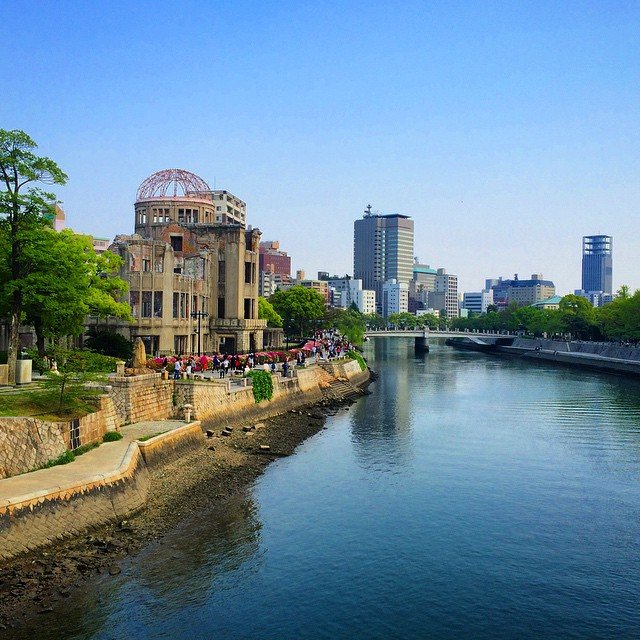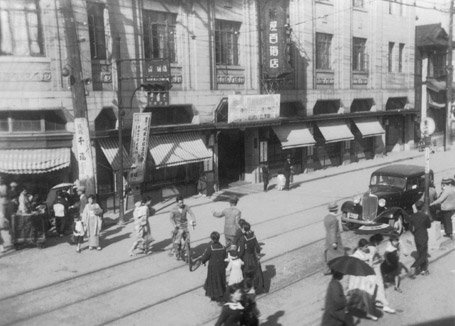
If you visit Hiroshima today, you would never be able to imagine the horrors that occurred here 72 years ago. At 8:15 a.m. on August 6, 1945, the city of Hiroshima became the first city in the world to be attacked by an atomic bomb. The entire city was virtually destroyed, thousands were killed and those who survived suffered terrible physical and psychological effects, even till today.
Hiroshima Before the A-Bomb

During the Edo period (1603 - 1868), Hiroshima was bustling castle town. The Meiji restoration in 1868 brought even more importance to the town. There was a Higher School of Education opened in the city and it also was the start of large scale military facilities being built. Being a center for both education and the military, there were around 350,000 people living in the city just before the Atomic Bomb was dropped on Hiroshima.
The A-Bomb Dome
Probably the most iconic picture of Hiroshima is that of the "A-Bomb Dome". The A-Bomb Dome used to be the Hiroshima Prefecture Industrial Promotion Hall. It was destroyed when the atomic bomb "Little Boy" was detonated 600 meters right above the hall. The bomb had almost 50 kilograms of Uranium 235. To put that in perspective, the fission of less than 1 kilogram, releases the energy equivalent of 16,000 conventional explosives. Japan has decided that the ruins will be preserved forever to remind future generations of the A-Bomb exploding over Hiroshima and serve as a lesson for mankind.
The Peace Memorial
A short walk from the dome is the Peace Memorial Museum which collects and displays belongings left behind by victims, photographs and videos that convey the horror of the events that folded that day and also the after effects of the bombing. We must warn you - some of the images can be graphic and very emotional to see.
Is there still radiation in Hiroshima? Is it Safe to visit Hiroshima?
The short answer is, that it's completely safe to visit Hiroshima. For a more detailed explanation:
There are two types of radiation released from the atomic bomb - initial radiation and residual radiation. Initial radiation refers to the radiation that was released the instant the bomb exploded and almost everyone who was directly exposed within one kilometer of the center of the blast received enough radiation to kill them.
Residual radiation is the radiation that appears as the initial radiation subsides. Approximately 80% of the total residual radiation was released within 24 hours of the bombing. Someone standing at the epicenter 24 hours after the bomb was dropped would have received only one thousandth the dose of residual radiation that someone who was there right after the bomb exploded would have received. A week later, the residual radiation dose would be only one millionth the original dose.
Residual radiation levels fall very rapidly and the background radiation in Hiroshima is no higher than the average amount of natural radiation present anywhere on Earth. There isn't enough radiation to affect human health at Hiroshima.
Credits:
Title Image - taken by me
Pre-War Hiroshima Image - http://www.pcf.city.hiroshima.jp/virtual/VirtualMuseum_e/exhibit_e/exh1202_e/exh120201_e.html
